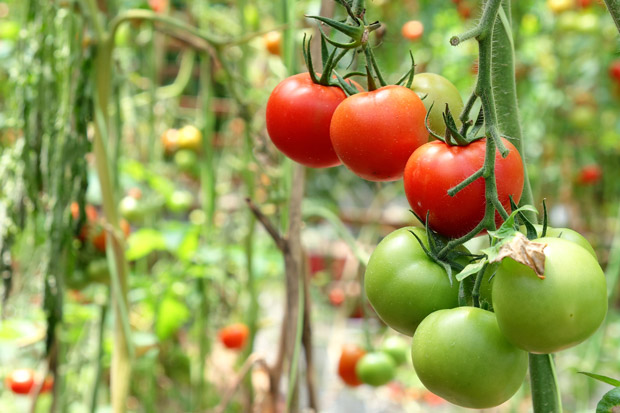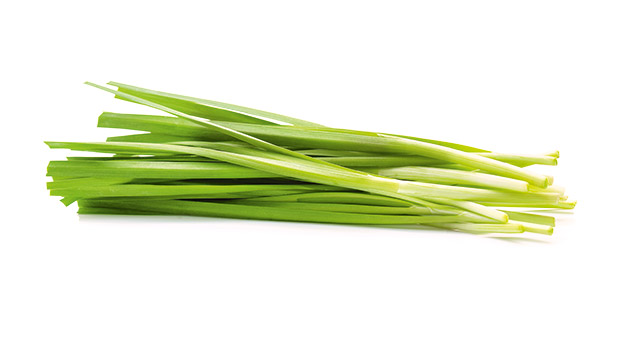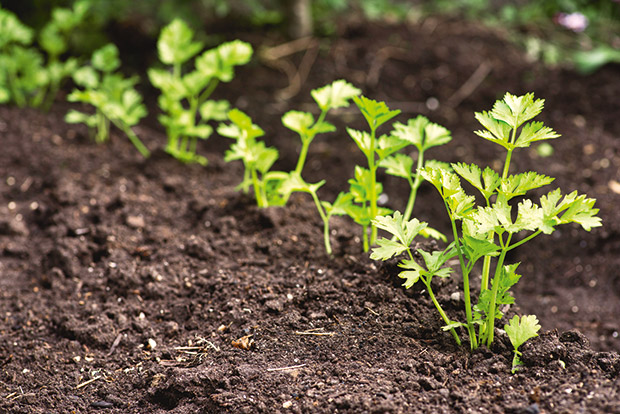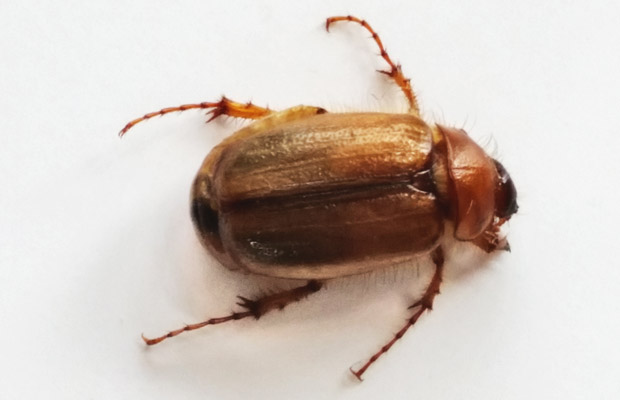December gardening: Everything to sow, water, feed and protect as the weather heats up

Here’s our monthly gardening advice — straight from the experts at NZ Lifestyle Block.
Words: Nadene Hall
1. Plant capsicum seedlings in a sheltered area in full sun as they need warmth to flourish. The lower the temperature during flower development, the shorter the fruit. It can also result in three or even two-loculed fruit (as opposed to the usual four). Water regularly when the fruit is developing to prevent blossom end rot.
2. Sow beans, carrots, celery, beetroot, radishes, lettuces, and silverbeet every two weeks for a continuous supply.
3. Sow or plant garlic chives (Allium tuberosum) in full sun and free-draining soil. Garlic chives have a mild garlic flavour and can be harvested year-round, except in cold areas. The leaves are wide and flat, unlike common chives, which have round, hollow leaves. Garlic chives also have a white flower instead of a purple one. Keep soil moist. If summer is excessively hot, plant in a spot with afternoon shade.

4. Keep celery moist. Celery is a water hog, so ensure regular watering for crisp stalks. Plants will thrive with a fortnightly watering of seaweed or fish solution. Mulch with compost.

5. Feed tomatoes weekly or fortnightly with a liquid fertiliser. Avoid fertilisers high in nitrogen just before and during cropping. Remove the lower leaves to allow more light to penetrate, improve air circulation, and deter disease. Leave the foliage in place higher up to protect
the developing fruit from the sun.
6. Sow basil, coriander, parsley, dill, and fennel. Tip: coriander bolts quickly in summer but leave plants to self-seed and you’ll get a free follow-up crop.
7. In the orchard: Look out for holes in the leaves of grapevines, cherries, and other fruit trees caused by the brown beetle (New Zealand grass grub). A bad infestation can almost defoliate plants, and the beetles may also eat the flowers and fruit. They’re shiny, dark brown in colour and 8-13mm long.

They hatch between late October and late December-early January, depending on where you live. It may be necessary to spray between October and January to keep them at bay. You can use an organic product called BioShield® Grass Grub liquid to kill the grubs (which live in the soil) from February to mid-April.
Research in a vineyard showed using white, crushed mussel shells or white plastic under vines deterred the adult beetles from flying into the foliage above.
8. Plant seedlings of tomatoes, courgettes, cucumbers, eggplants, pumpkins, cauliflowers, cabbages, broccoli, silverbeet, sweetcorn, and spring onions.
Love this story? Subscribe now!
 This article first appeared in NZ Lifestyle Block Magazine.
This article first appeared in NZ Lifestyle Block Magazine.
